Selection of children's night lenses
One of the ways to correct refractive errors in children is orthokeratology, which involves wearing night contact lenses. The method has proven itself in practice and provides stable, high results, subject to proper selection and compliance with operating rules.

specialists

equipment

treatment
The selection process for orthokeratology optics includes several stages.
Diagnostics. During the initial consultation with an ophthalmologist, a comprehensive diagnosis of the condition of the visual organs is performed, visual acuity and the possibilities of its correction using orthokeratology are assessed. For these purposes, the following are indicated: keratotopography, keratometry, refractometry. Important! The examination is only advisable if the cornea has a natural shape. If you wear soft or hard contact lenses, their use should be stopped 2 weeks and a month, respectively, before the planned diagnosis.
Selection. Based on the monitoring data, the doctor calculates the individual parameters of products for production in the optical laboratory. The average order fulfillment time is about 2 weeks.
Fitting. At the next appointment, the doctor helps the patient put on the lenses and explains how to use them correctly. The patient needs to close his eyes for half an hour, simulating sleep, after which the vision is assessed again. The doctor clarifies how you feel, whether everything is okay, and sends you home with the lenses on.
Inspection after the first night. Diagnosis is performed after the lenses are removed.
Observation during operation. Further visits to the ophthalmologist are scheduled in 10 days, 1, 3, 6 months and a year later, when it’s time to change lenses. Then the entire selection process is repeated again.
Orthokeratology treatment has a low likelihood of complications. These are mainly infectious eye diseases caused by improper care or use of lenses.
Selection of children's night lenses for vision correction at the K+31 clinic
The Department of Pediatric Ophthalmology performs orthokeratological vision correction with FDA-certified Moonlens lenses.
By contacting the clinic, you can undergo a comprehensive examination of your child’s eyes using modern medical equipment, and calculate the parameters and cost of night lenses for correction.
The consultation is conducted by experienced pediatric ophthalmologists. You can get a consultation at any department of the Moscow clinic at a convenient time.

Our doctors

This award is given to clinics with the highest ratings according to user ratings, a large number of requests from this site, and in the absence of critical violations.

This award is given to clinics with the highest ratings according to user ratings. It means that the place is known, loved, and definitely worth visiting.

The ProDoctors portal collected 500 thousand reviews, compiled a rating of doctors based on them and awarded the best. We are proud that our doctors are among those awarded.
Make an appointment at a convenient time on the nearest date
Price


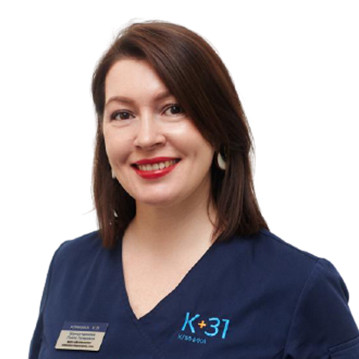




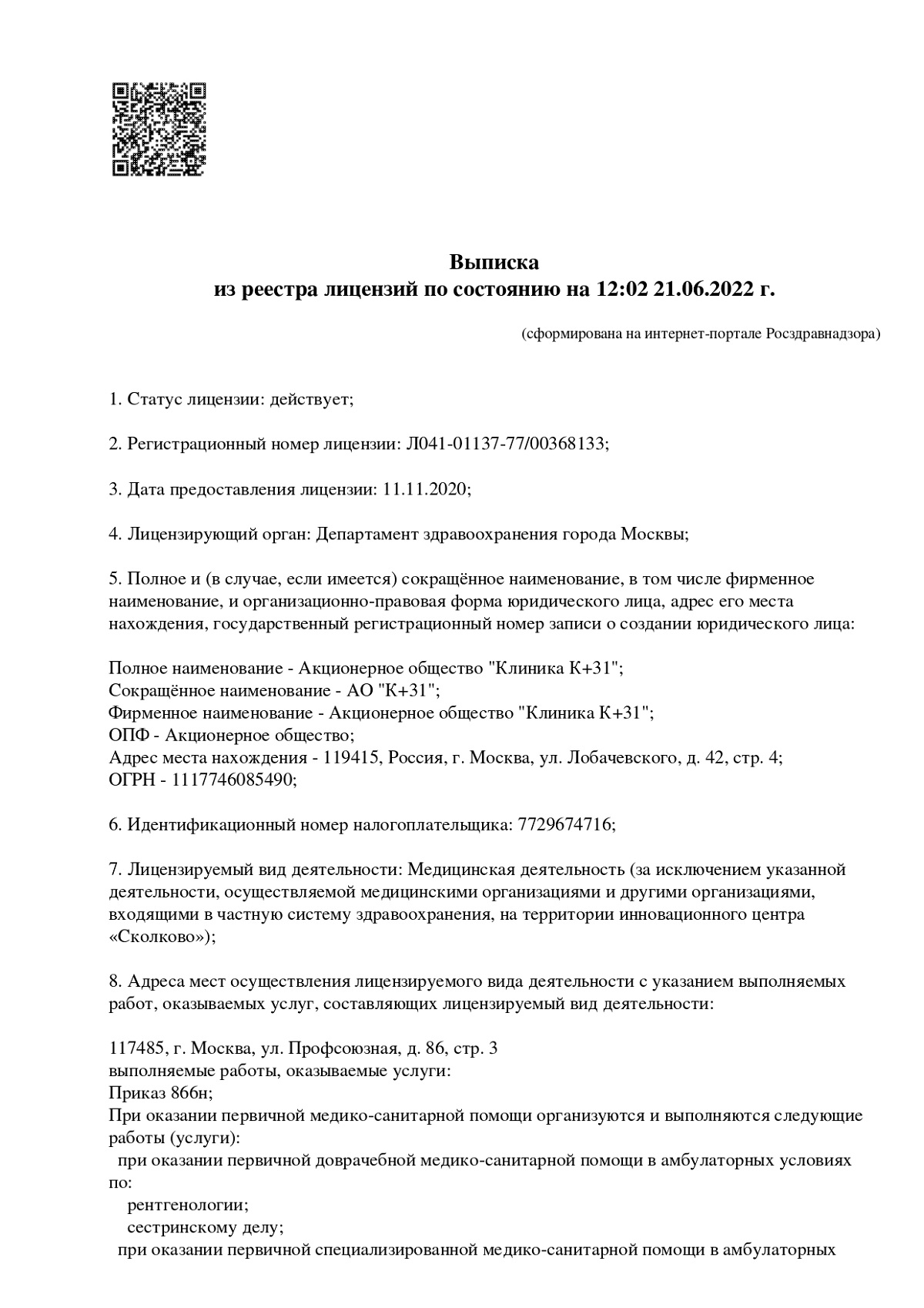
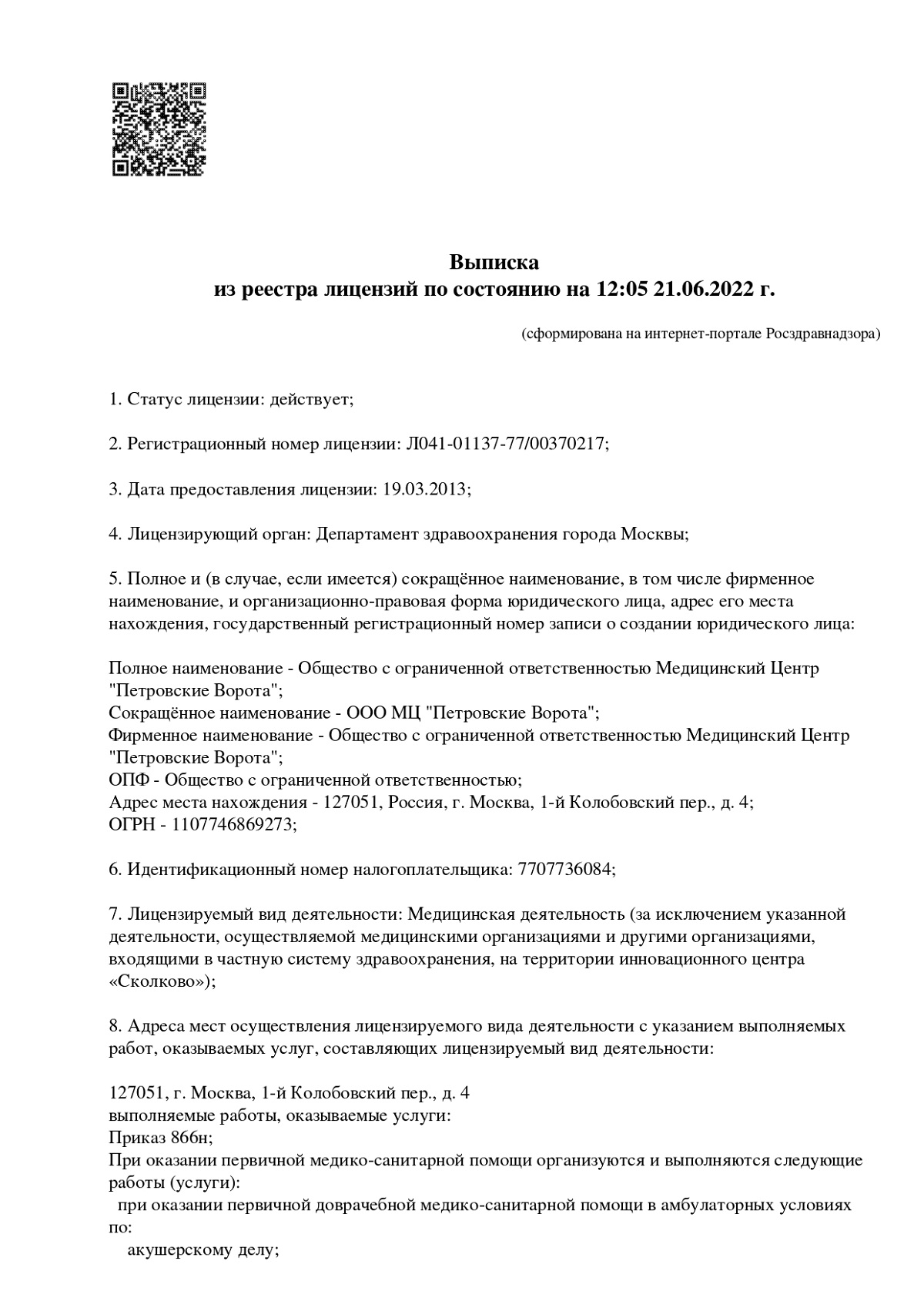
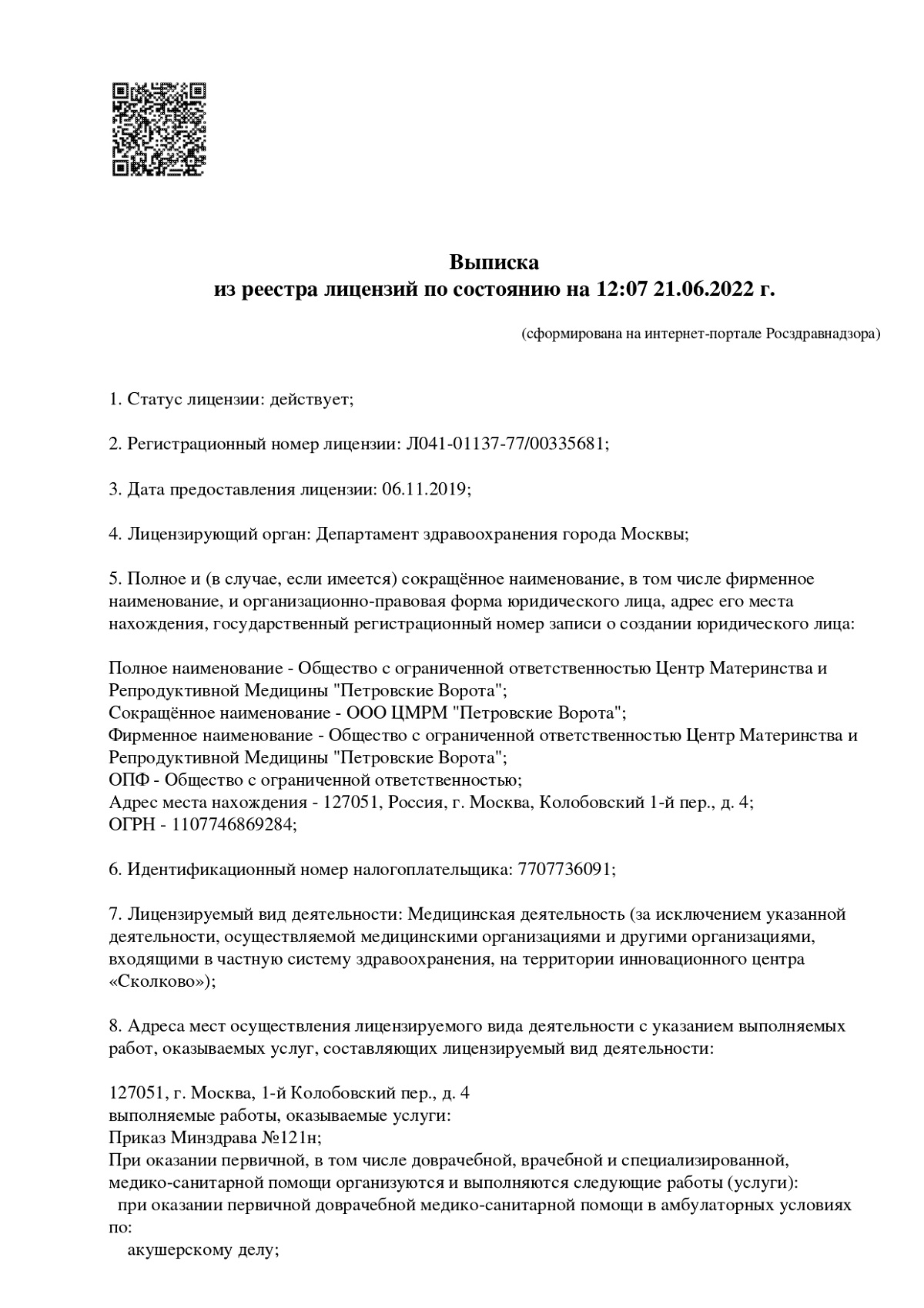
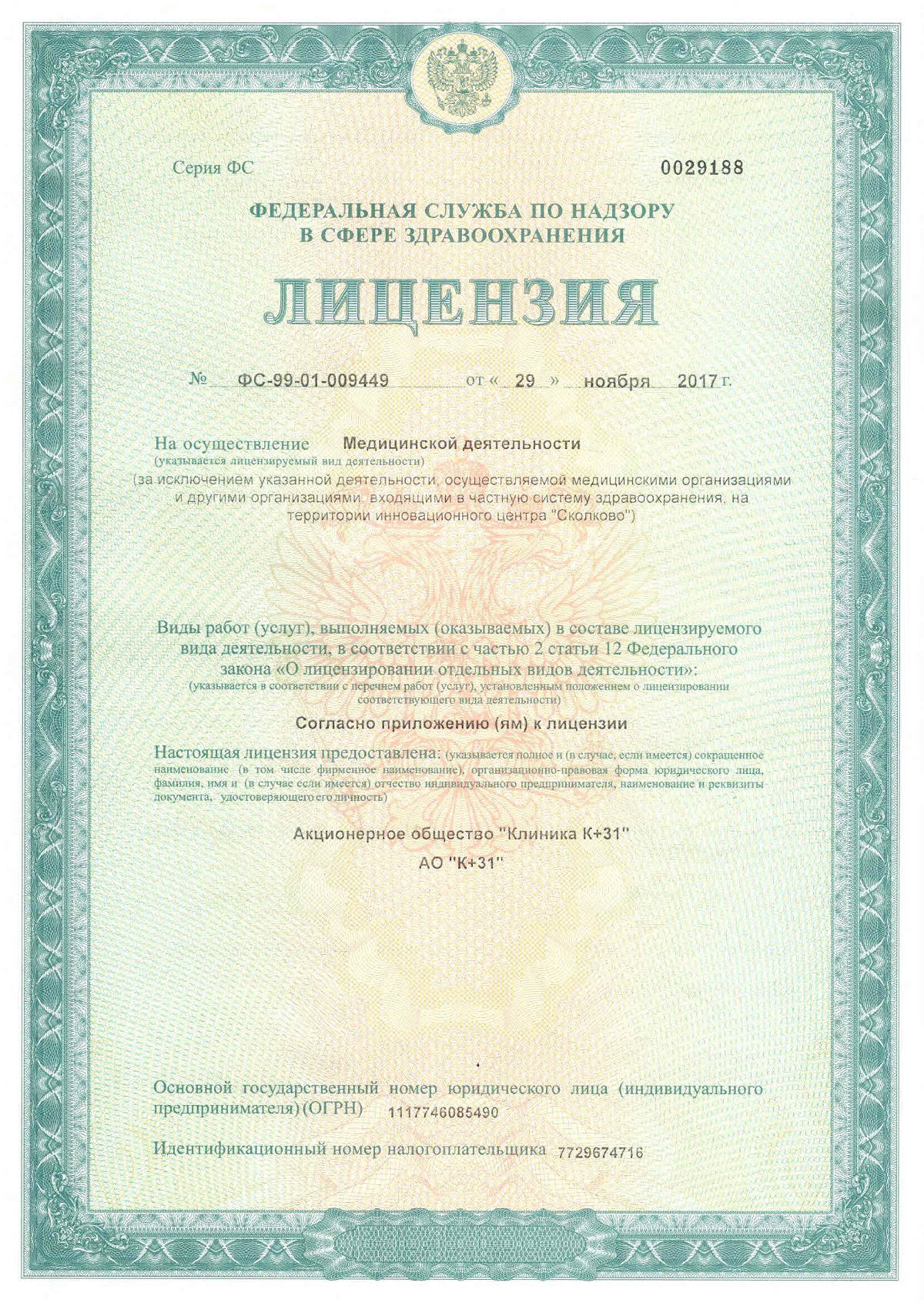
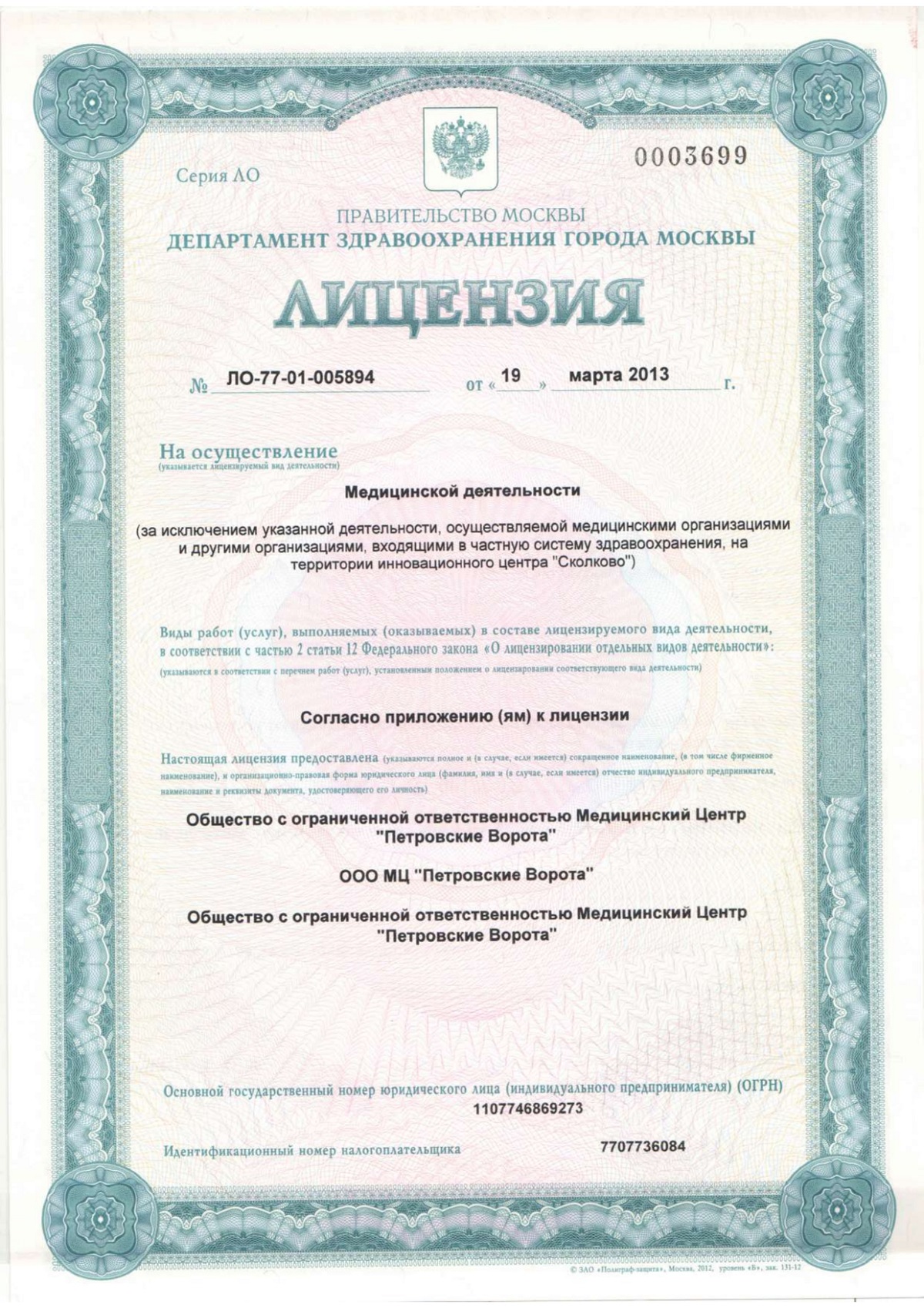
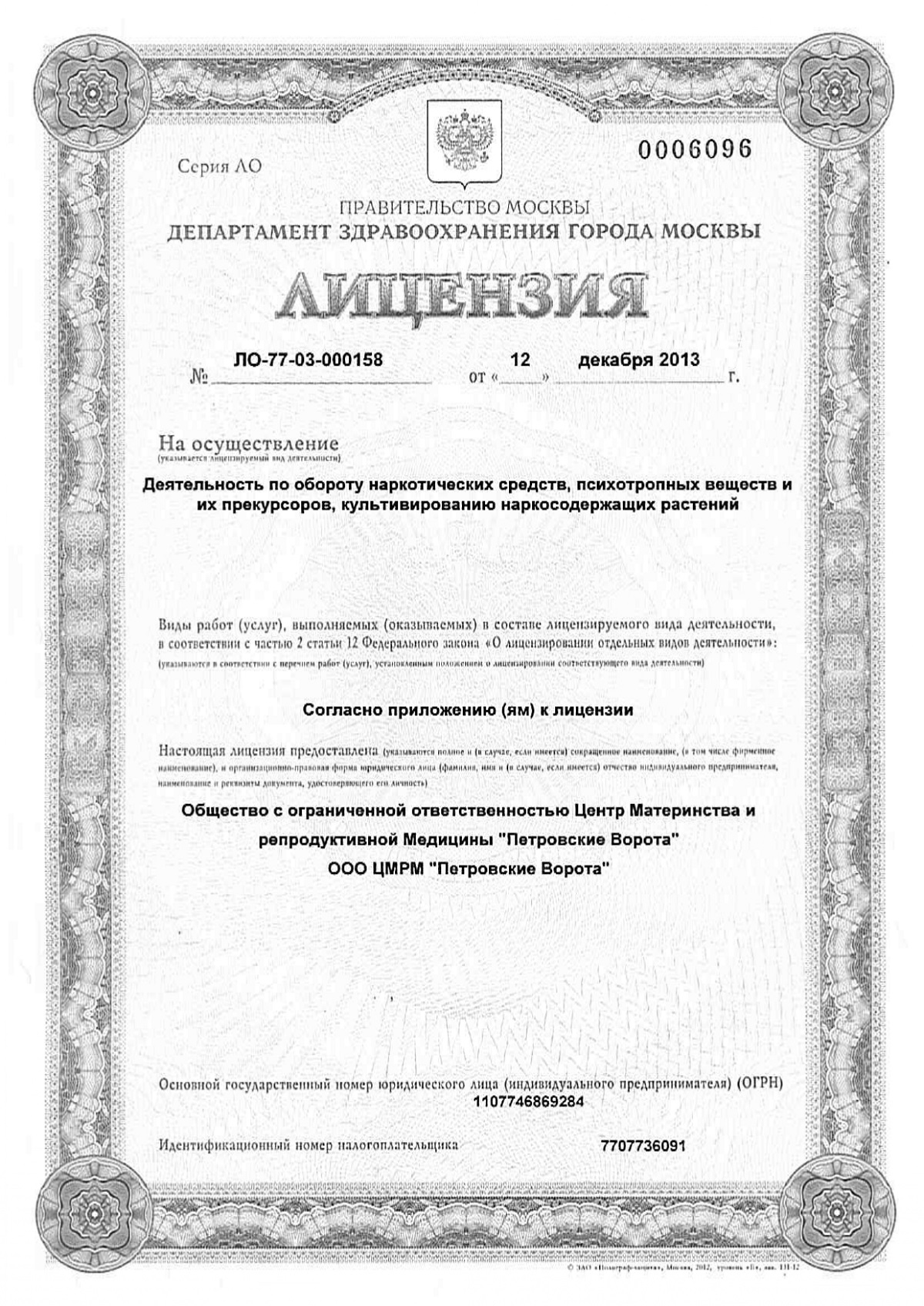
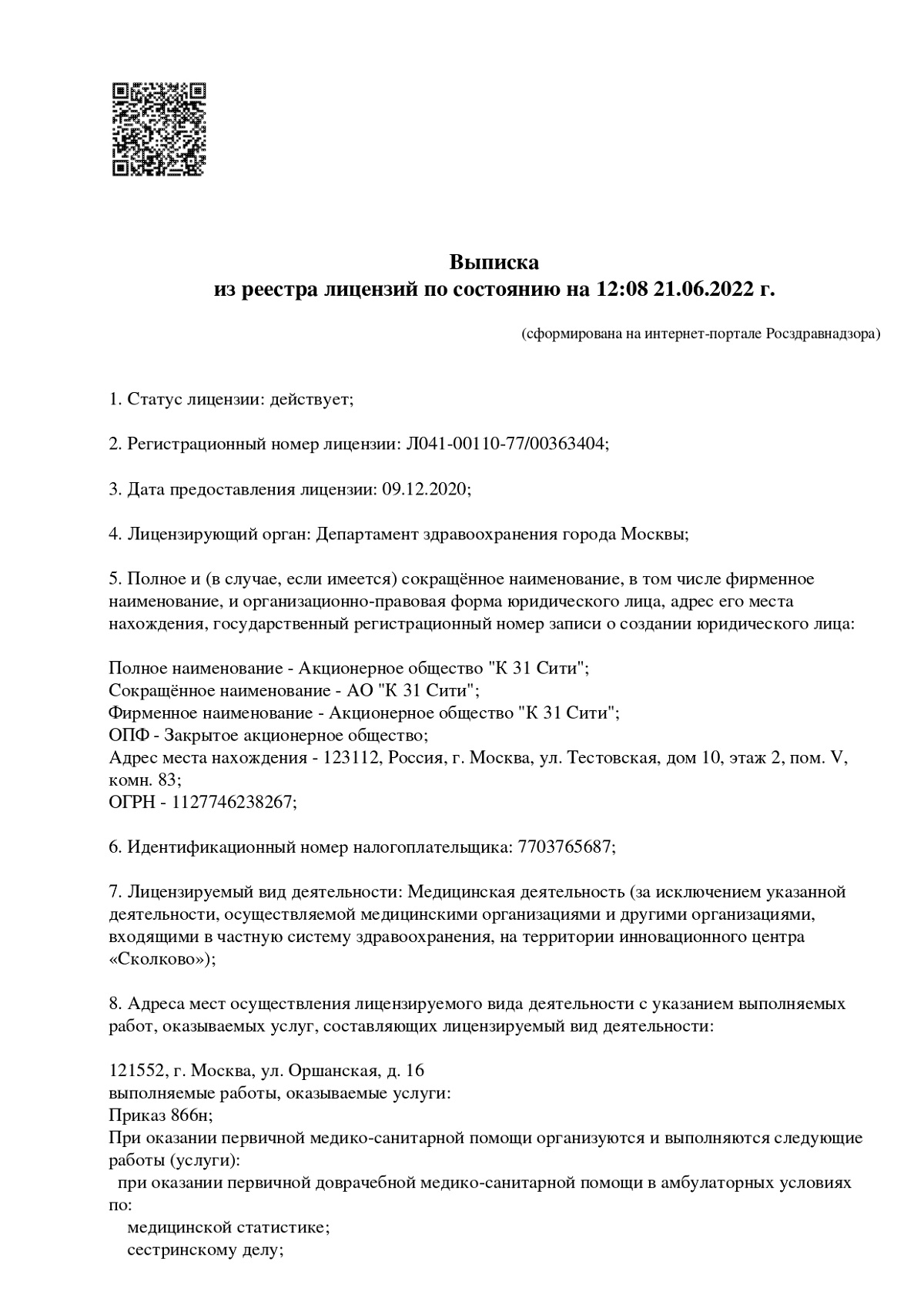
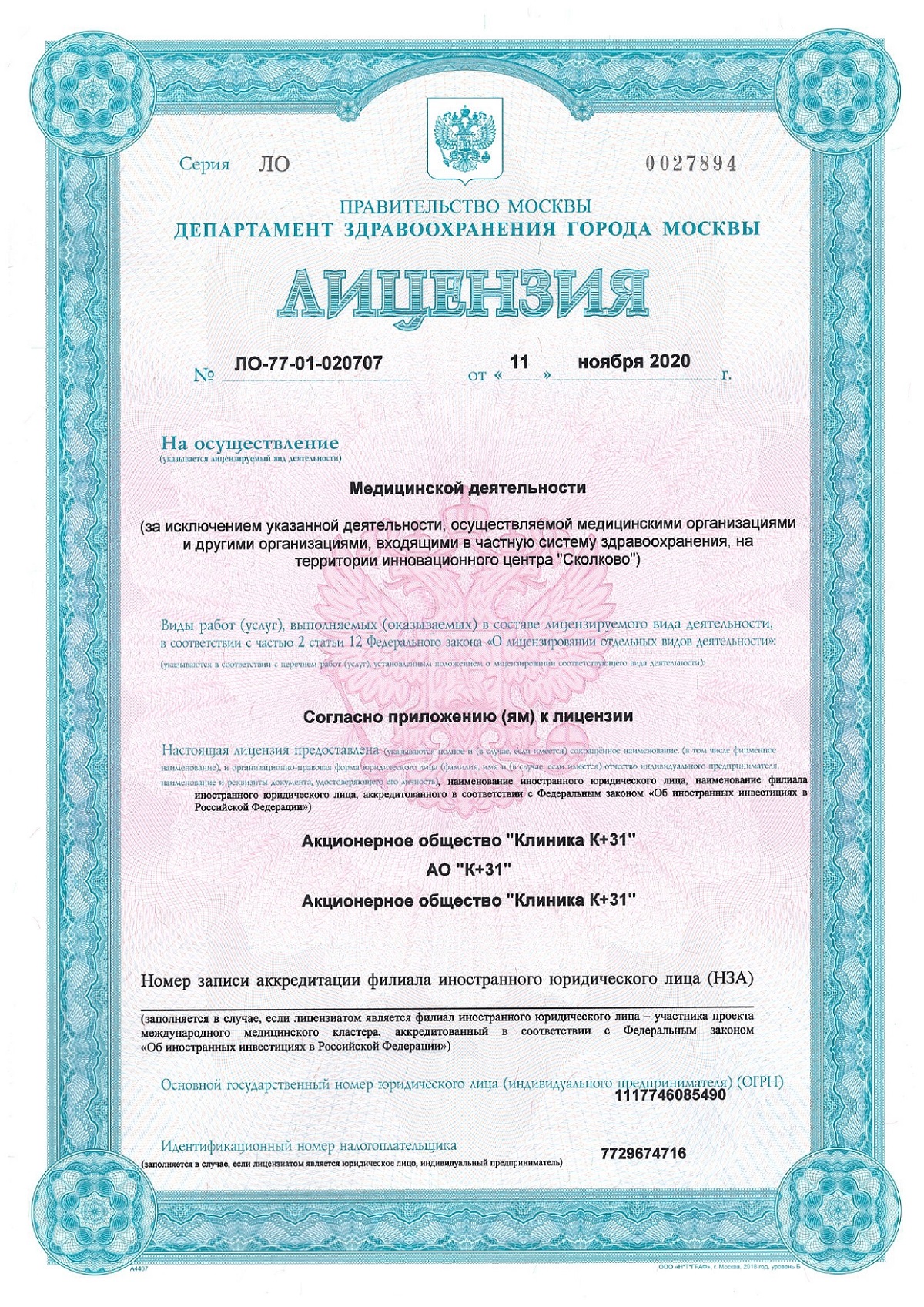
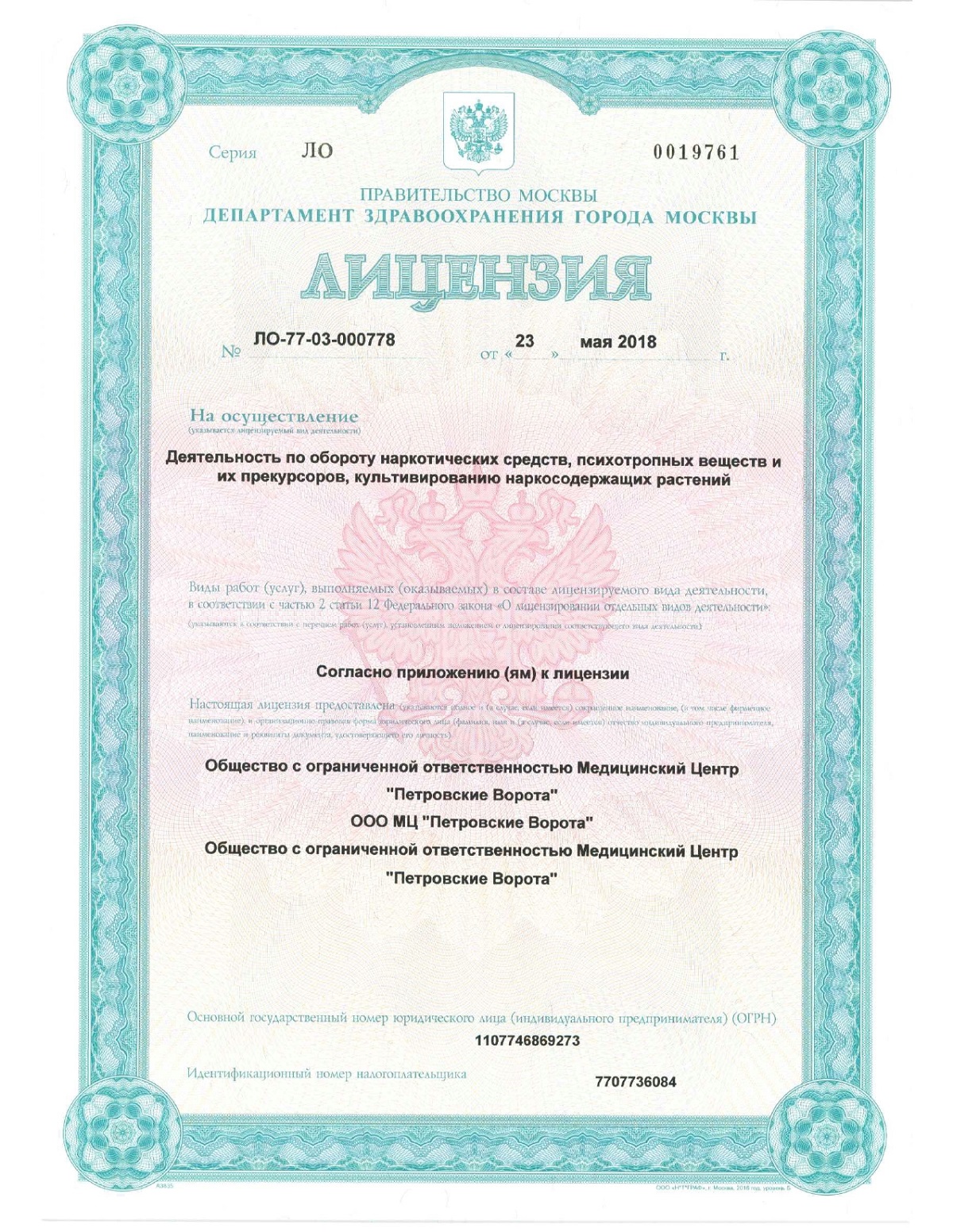
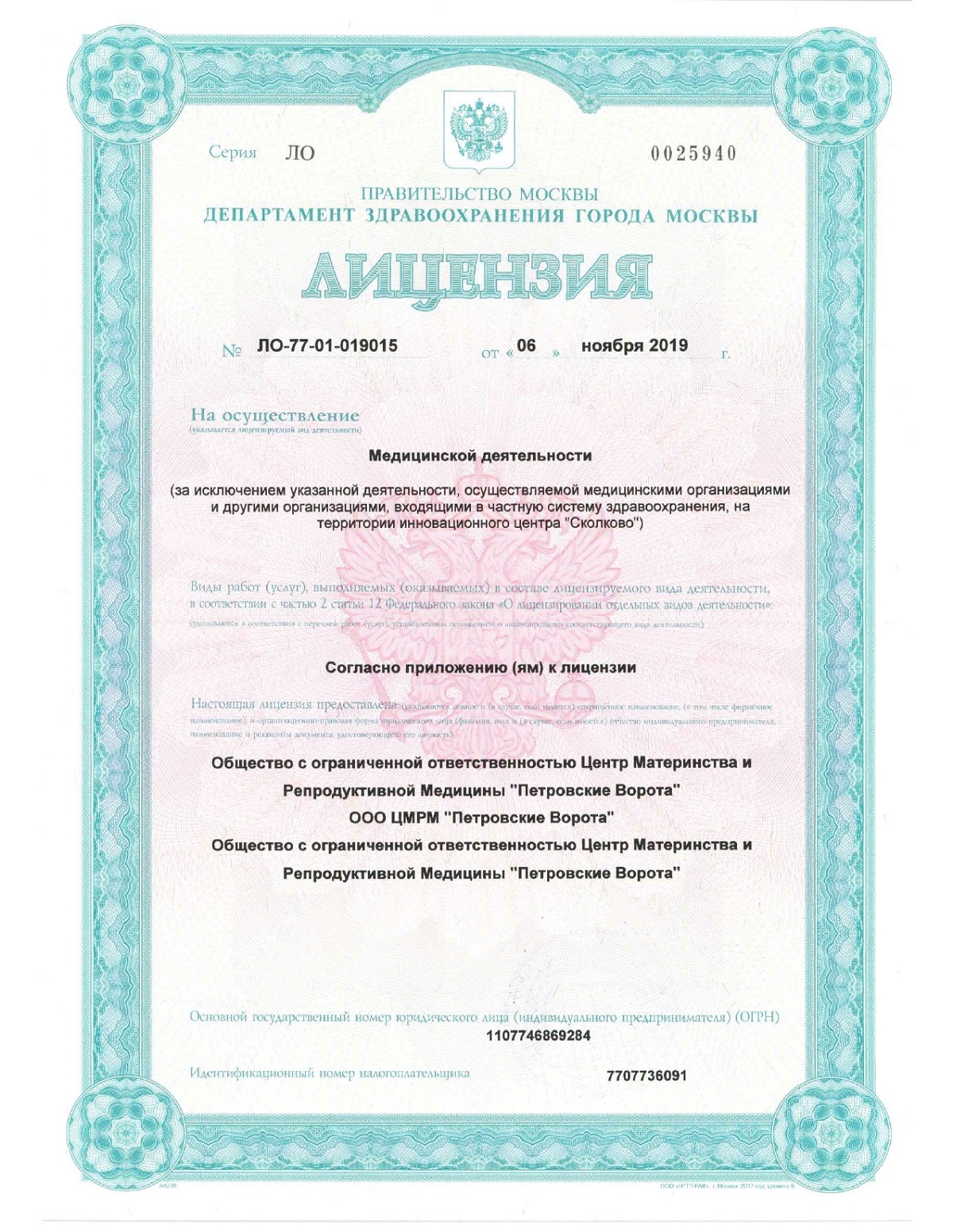
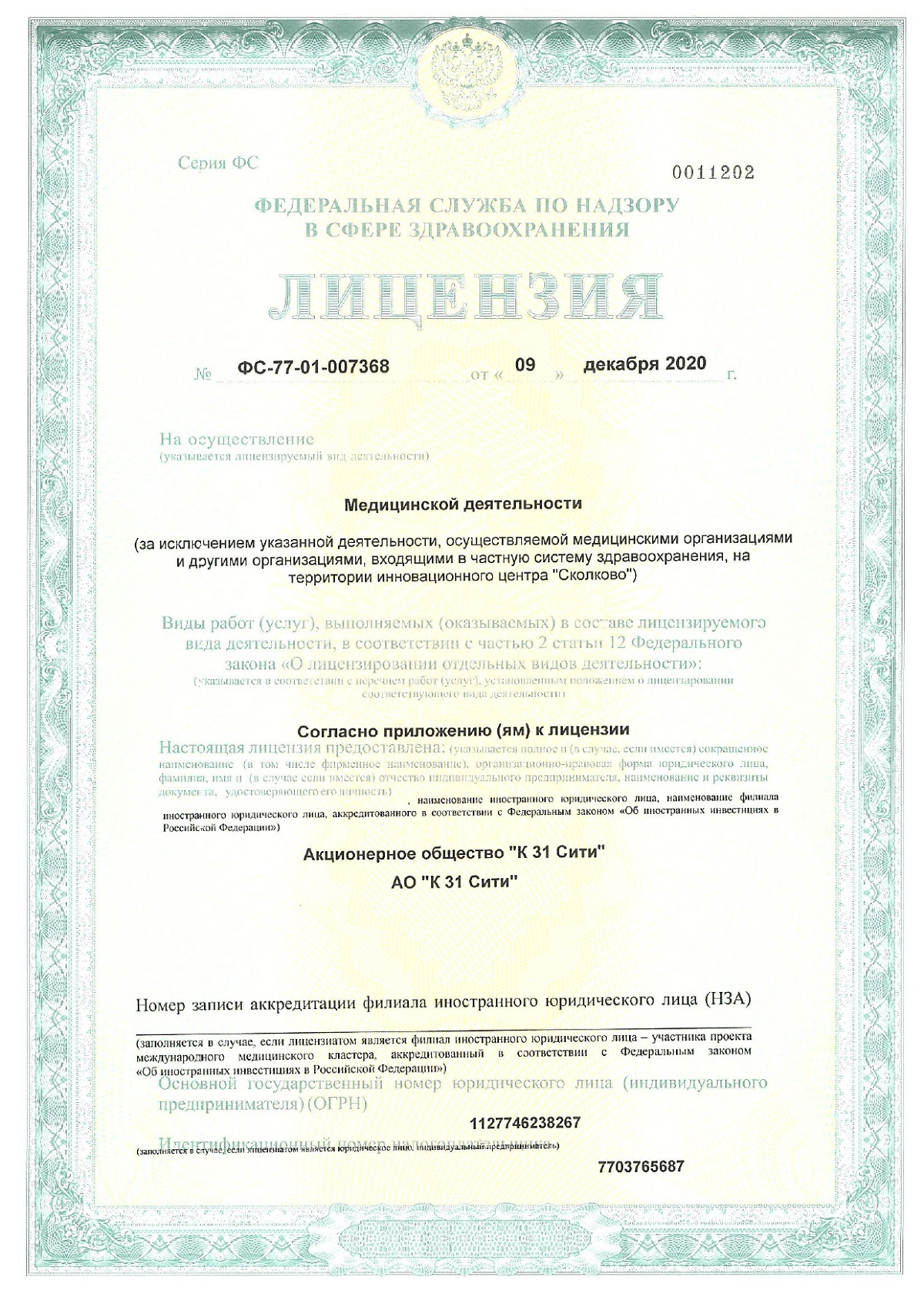

What are night lenses?
Orthokeratology lenses are designed to temporarily change the surface of the cornea to correct incorrect refraction during the day. Unlike conventional contact optics, they have a rigid structure that retains its shape during use. This allows you to create a slight pressure on the surface of the cornea, under the influence of which its curvature changes. As a result, by morning the corneal surface has a new anatomically correct shape. After removing the lenses during daylight hours, it slowly recovers to its original state, nevertheless providing clear, clear vision.
Night correction lenses are made from high-tech materials based on hydrogels and silicone. The structure has high gas permeability, allowing the cornea to freely receive oxygen from the air. Even the most modern soft models cannot boast of such characteristics.